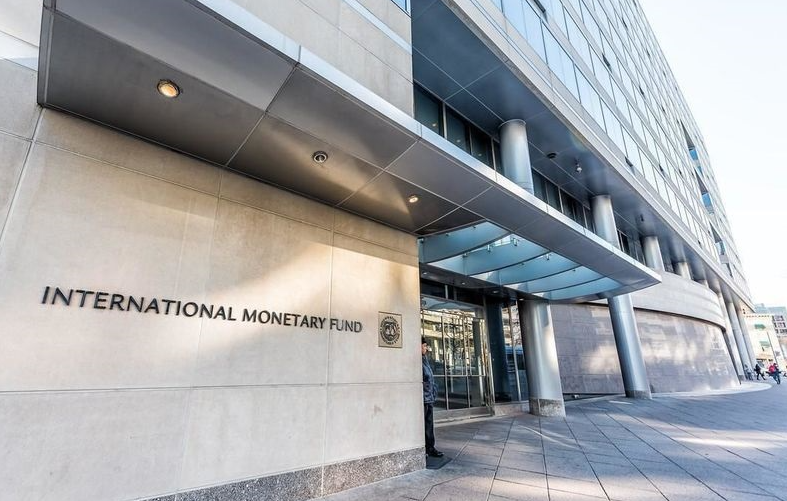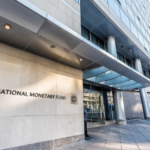The International Monetary Fund (IMF) has recommended for Lesotho to establish a comprehensive rules-based fiscal framework anchored by a stabilisation fund, for safeguarding from its volatile revenue streams and persistent expenditure pressures.
In its Selected Issues Paper titled Setting Up Fiscal Rules in Lesotho, IMF economists Qianqian Zhang and Motseki Khiba outlined a strategic roadmap for fiscal discipline that could transform Lesotho’s economic management and build resilience against external shocks.
IMF’s Selected Issues Papers are prepared by IMF staff as background documentation for periodic consultations with member countries. Khiba is a senior economist at the Macroeconomic Policy Directorate of Ministry of Finance and Development Planning in Lesotho.
The recommendation to establish a prudent fiscal framework and a stabilisation fund comes on the back of recent fiscal surpluses of Lesotho spurred by improved Southern African Customs Union (SACU) receipts, and improved water royalty revenues from the Lesotho Highlands Water Project (LHWP).
The IMF argues that the shift would reduce Lesotho’s reliance on SACU transfers and also present a unique opportunity to strengthen fiscal sustainability and support long-term growth.
The proposed fiscal framework centers on three key targets namely a debt ceiling of 60 percent of GDP, a debt anchor of 50 percent of GDP, and a structural deficit target of 3 percent of GDP.
The IMF warned that Lesotho’s current debt position, which declined from 61.5 percent of GDP in FY23/24 to 56.8 percent in FY24/25, leaves limited room for error. The debt sustainability analysis projects that by 2045, Lesotho’s debt ratio would remain close to the ceiling, leaving little room for error.
“An elevated ceiling provides space for countercyclical policy and critical development investments, but sustaining a high level of debt places an added premium on strong fiscal management, careful prioritisation of spending, and prudent debt accumulation strategies.
“The authorities will need to ensure that any new debt is aligned with national development priorities, supported by robust project appraisal, and accompanied by sustained efforts to strengthen revenue mobilization and expenditure efficiency.”
Another key innovation in the proposed framework is the call for a stabilisation fund to complement the fiscal rules.
“The authorities are strongly encouraged to swiftly operationalise a well-governed stabilisation fund, anchored by credible fiscal rules. With gross international reserves expected to surpass six months of import coverage in FY25/26, a level deemed appropriate for Lesotho, staff recommends fiscal surpluses be redirected toward reducing public debt. Reducing debt to 50 percent of GDP over the next five years would significantly lower the risk of a shift to high-risk of debt distress.”
The fund would serve dual purposes through short-term stabilisation to smooth revenue volatility, and long-term investment to support growth-enhancing capital expenditure.
“The stabilisation component would serve to mitigate revenue volatility and support counter-cyclical fiscal policy, accumulating savings during periods of revenue windfalls and providing resources to finance temporary fiscal shortfalls during downturns,” according to the IMF.
With gross international reserves expected to exceed six months of import coverage, deemed adequate for Lesotho, the IMF recommends redirecting fiscal surpluses toward debt reduction.
“Reducing debt to 50 percent of GDP over the next five years would significantly lower the risk of a shift to high-risk of debt distress.”
The fund would require distinct asset allocation strategies for its two components. Stabilisation assets should be liquid and readily available to support the budget and invested in low-risk, highly liquid instruments. The investment component could pursue higher returns through diversified portfolios over a longer time horizon.
The IMF paper draws extensively on Chile’s successful experience with fiscal rules and a stabilisation fund. Since 2001, Chile has demonstrated a strong track record of sound fiscal management through a structural balance rule that adjusts for copper price volatility.
“Chile successfully transitioned from high dependence on volatile copper revenues to a framework characterised by fiscal discipline, macroeconomic stability, and resilience to external shocks,” the paper noted.
Summary
- The recommendation to establish a prudent fiscal framework and a stabilisation fund comes on the back of recent fiscal surpluses of Lesotho spurred by improved Southern African Customs Union (SACU) receipts, and improved water royalty revenues from the Lesotho Highlands Water Project (LHWP).
- The proposed fiscal framework centers on three key targets namely a debt ceiling of 60 percent of GDP, a debt anchor of 50 percent of GDP, and a structural deficit target of 3 percent of GDP.
- Another key innovation in the proposed framework is the call for a stabilisation fund to complement the fiscal rules.










